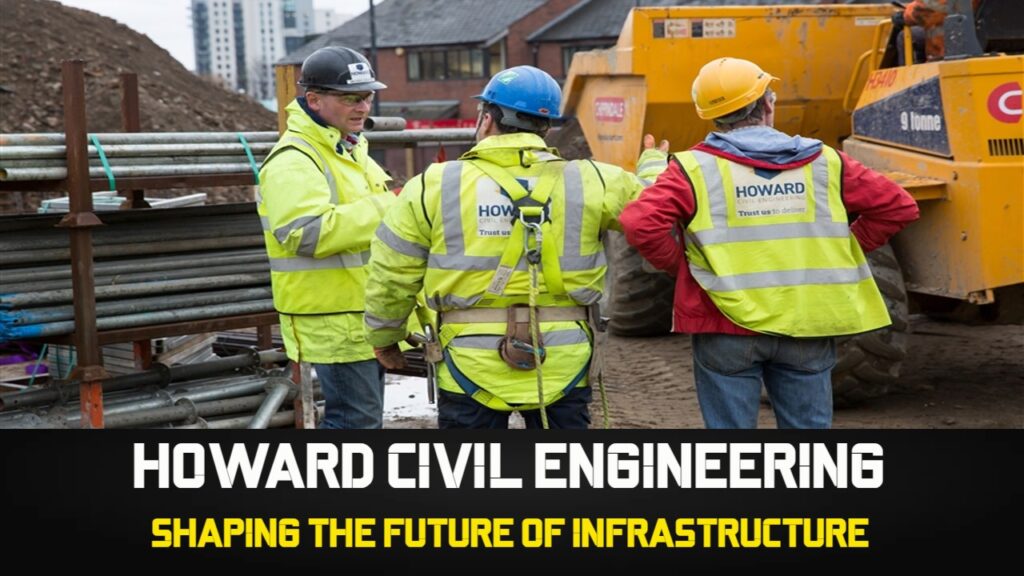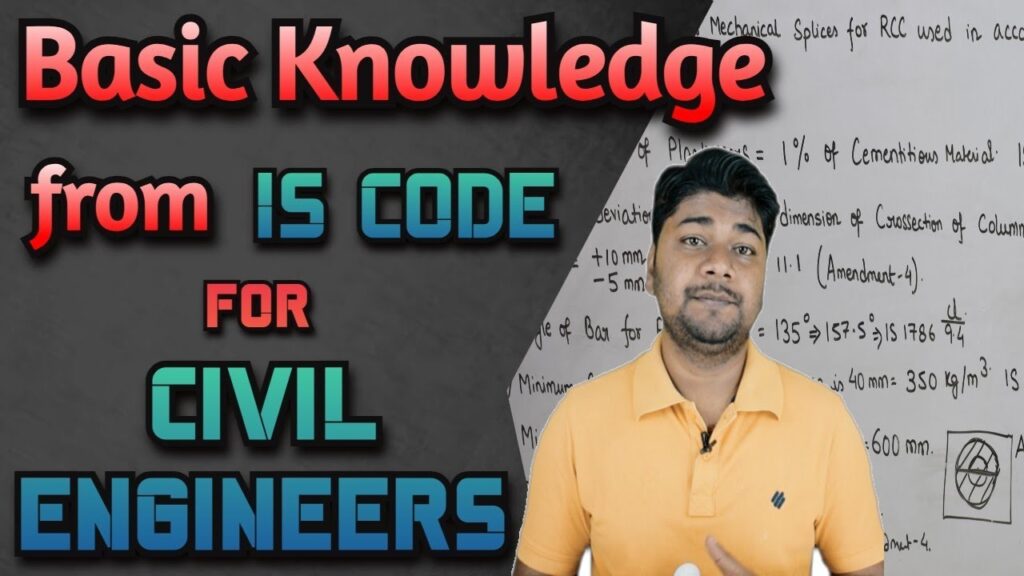Important Points to Remember from IS 456 – 2000 for Interview | Basic #Civil Engineering Knowledge
Q1. What is the number of concrete cube samples taken for 6-15 cubic meter concrete?
Answer: As per IS 456: 2000 [Clause – 15.2.2], the number of concrete cube samples taken for 6-15 cubic meter concrete is 2, which consists of 6 concrete cubes. [NOTE: 1 samples = 3 test specimens = 3 concrete cube]
Q2. What is the maximum and minimum tolerance for concrete cube characteristics compressive strength result?
Answer: As per IS 456: 2000 [Clause – 15.4], the maximum and minimum tolerance for concrete cube characteristics compressive strength result is +15% and -15%.
Q3. Which grade of concrete is considered as HSC (High Strength #Concrete)?
Answer: As per IS 456: 2000 [Table – 2], the grade of concrete considered as HSC (High Strength Concrete) is M65, M70, M75, M80, M85, M90, M95, and M100.
Q4. What is the Tension and Compression zone in Cantilever Beam?
Answer: In Cantilever Beam, the Tension zone is located above the Neutral Axis and the Compression zone is located below the Neutral Axis.

Q5. What is the factor used to convert from ‘Meter’ to ‘Feet’?
Answer: To convert from ‘Meter’ to ‘Feet’ = Multiply by 3.28; To convert from ‘Feet’ to ‘Meter’ = Divide by 3.28
Q6. What is the full form of ‘BOQ’?
Answer: The full form of ‘BOQ’ is Bill of Quantities.
Q7. What is the standard Diameter of Tremie Pipe?
Answer: As per IS 456: 2000 [Clause – 14.2.4(a)], The tremie pipe shall be not less than 200 mm in diameter and shall be large enough to allow a free flow of concrete and strong enough to withstand the external pressure of the water in which it is suspended, even if a partial vacuum develops inside the pipe.
Q8. What is the Effective depth of #beam?
Answer: As per IS 456: 2000 [Clause – 23], Effective depth of a beam is the distance between the centroid of the area of tension reinforcement and the maximum compression fiber, excluding the thickness of finishing material not placed monolithically with the member and the thickness of any concrete provided to allow for wear. This will not apply to deep beams.






